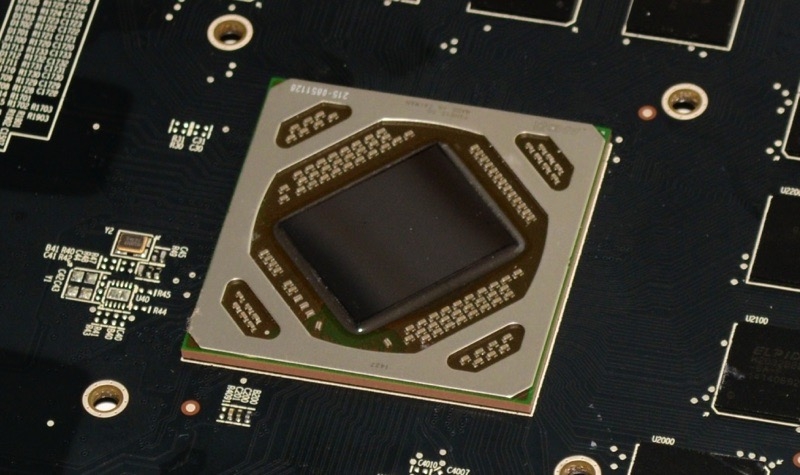As a mid-range GPU, the R9 285 is meant to deliver mainstream performance at a competitive price. The "Tonga" GPU is essentially a newer, cheaper to produce version of the tried and true "Tahiti" GPU that has been used by many cards. For the R9 285, Tonga has been configured similar to the way Tahiti was for the HD 7950, which is the same as the R9 280's configuration.
This new GPU is based on the latest incarnation of the GCN (Graphics Core Next) architecture and supports DirectX 12 capabilities, Eyefinity, TrueAudio, Project FreeSync, next-gen Crossfire technology, next-gen PowerTune technology and 4K H.264 decode support. However, it does have an inferior memory controller to Tahiti, which is what makes it cheaper to produce.
Last edited by a moderator:
